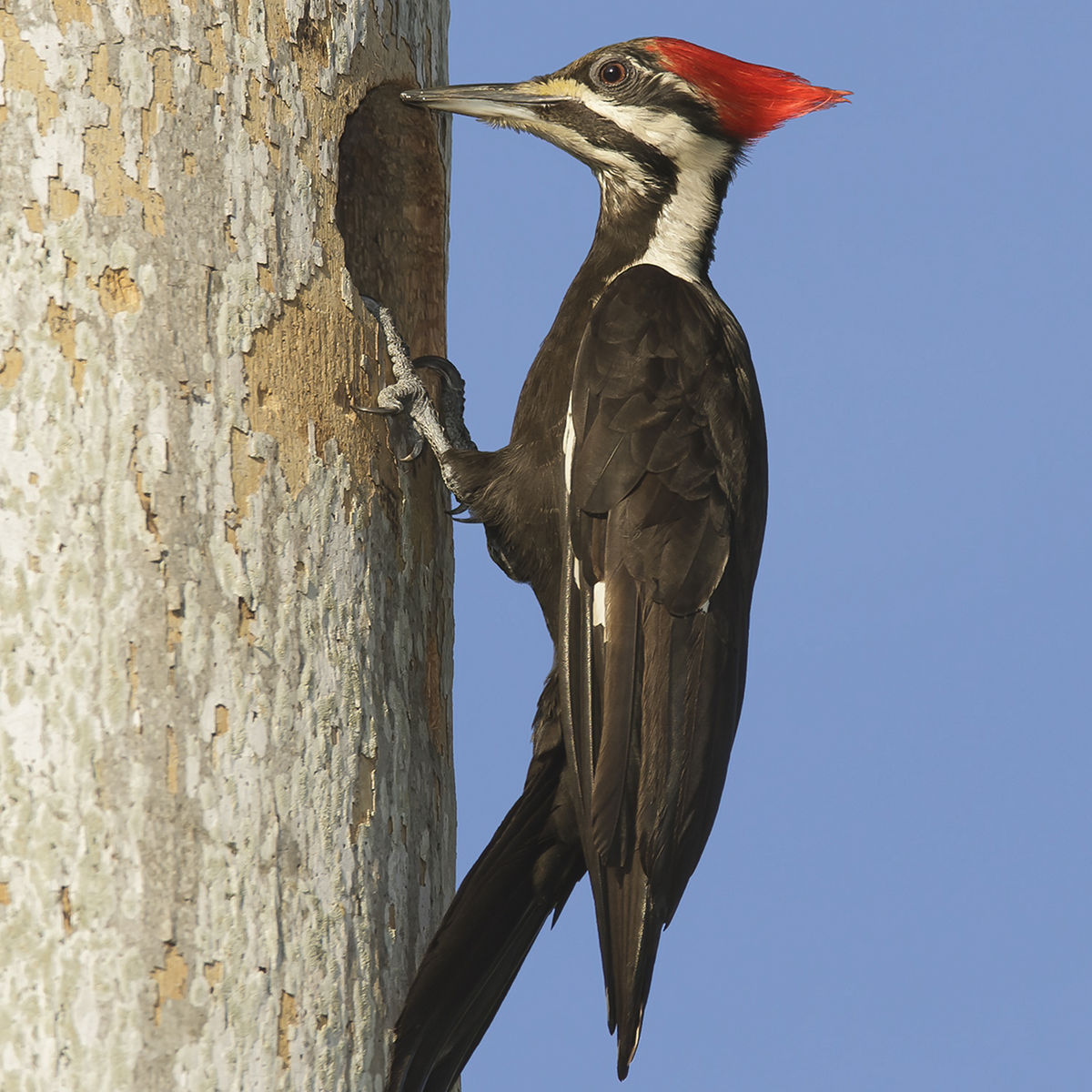Coming Across Woodpeckers in Florida: Types Variety and Recognition
Coming Across Woodpeckers in Florida: Types Variety and Recognition
Blog Article
Revealing the Keys of Woodpeckers: Behavior, Habitat, and Extra
Woodpeckers, with their distinct habits and specialized adjustments, have actually long attracted scientists and nature lovers alike. These impressive birds possess a variety of appealing keys that clarified their survival methods, environment choices, and intricate communication approaches. By uncovering the mysteries surrounding woodpeckers' habits and environment selections, a much deeper understanding of these avian wonders emerges, using a glance right into their fascinating world. So, what makes these birds genuinely exceptional, and how do they navigate their atmosphere with such precision and skill? Allow's explore the captivating realm of woodpeckers and decipher the enigmatic details that make them such interesting subjects of research study.
Woodpecker Behavior Insights
In taking a look at woodpecker behavior, a remarkable display screen of specialized abilities and adaptations arises, shedding light on their impressive ecological particular niche. Woodpeckers, understood for their distinct drumming on trees, possess a selection of behavioral attributes that contribute to their survival and success in their setting.
Additionally, woodpeckers show a distinct feeding actions characterized by their capability to remove insects from tree bark utilizing their specialized beaks. Their lengthy, barbed tongues aid in recording prey, while their strong neck muscular tissues provide stability and accuracy during pecking movements. This feeding approach allows woodpeckers to gain access to surprise insect larvae and extract them with amazing performance.
Environment Preferences and Selection
What elements influence the habitat preferences and selection of woodpeckers? One essential element influencing woodpecker habitat option is the schedule of ideal nesting websites. Woodpeckers normally like forests with a mix of mature trees that provide ample opportunities for dental caries excavation.
In addition, woodpeckers reveal a preference for habitats with a bountiful supply of food resources. They are mostly insectivorous, eating beetles, ants, larvae, and other insects located in rotting wood or tree bark. Woodpeckers have a tendency to favor woody areas with a varied insect populace to meet their nutritional requirements.
Furthermore, the presence of dead or worn out trees is one more key variable in woodpecker habitat selection. These trees not just offer food resources however also supply appropriate substratum for tooth cavity excavation. Dead trees are important for the upkeep of healthy woodpecker populaces, as they play an important duty in the woodpeckers' life cycle and ecosystem characteristics.
Feeding Habits and Diet Regimen Composition
Woodpeckers demonstrate a specialized feeding habits focused on foraging for bugs within numerous habitats. In addition to pests, woodpeckers additionally consume tree sap, fruits, nuts, and seeds, adding selection to their diet depending on the season and schedule of food resources.
The foraging methods of woodpeckers are well-adapted to their arboreal way of living (Woodpeckers in Florida). Their capacity to dig deep into wood not just provides them with food but likewise assists in developing nesting cavities and establishing territories. Woodpeckers play an essential duty in maintaining the health and wellness of woodlands by regulating insect populaces and aiding in the disintegration of wood. Recognizing their feeding habits and diet structure is essential for conservation initiatives targeted at protecting these one-of-a-kind and important birds.
Drumming Sounds and Interaction
Making use of fast drumming noises on different surface areas, woodpeckers employ a distinct kind of communication to signal like this region limits and attract companions. This drumming habits is not just a way of communication yet likewise acts as a means for woodpeckers to establish their presence within a certain area. The strength, speed, and pattern of the drumming can share crucial info to other woodpeckers in the location.
Woodpeckers utilize drumming audios to reveal their presence in an area and to warn off possible intruders. The loud and recurring nature of the drumming functions as a clear signal to various other woodpeckers that the area is currently claimed. This aids in minimizing conflicts and lessening physical confrontations between people.

Survival Adaptations and Specialized Composition

Conclusion
To conclude, woodpeckers show one-of-a-kind habits, such as drumming sounds for communication, and have actually specialized composition for survival in their chosen environments. Their feeding routines and diet plan composition better show their versatility to various settings. By comprehending these aspects of woodpeckers, scientists and guardians can better shield and protect these fascinating birds and their ecological communities.
Report this page